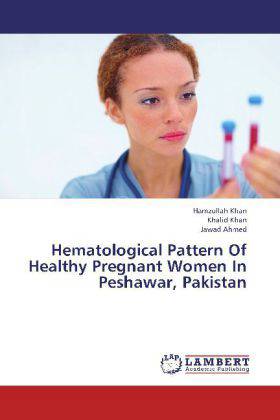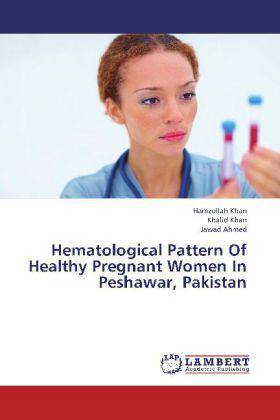
- Afhalen na 1 uur in een winkel met voorraad
- Gratis thuislevering in België vanaf € 30
- Ruim aanbod met 7 miljoen producten
- Afhalen na 1 uur in een winkel met voorraad
- Gratis thuislevering in België vanaf € 30
- Ruim aanbod met 7 miljoen producten
Zoeken
Hematological Pattern Of Healthy Pregnant Women In Peshawar, Pakistan
Hamzullah Khan, Khalid Khan, Jawad Ahmed
Paperback | Engels
€ 64,45
+ 128 punten
Omschrijving
In pregnancy the increased blood supply includes a 45% to 50% increase in plasma volume and 20% to 30% increase in red blood cells. Since these percentages are not equal, the subsequent hemoglobin (HGB)/hematocrit (HCT) will reflect a normal physiologic anemia of pregnancy. The HCT will appear to fall as the volume increases more than the packed cell count. White blood cell (WBC) counts, especially neutrophils, increase naturally during pregnancy.There is also a rise in the number of platelets from 180 x 10^9 to over 300 x 10^9 during pregnancy. Although all women experience some expected changes in clotting, there are defective clotting conditions that greatly affect the outcomes of some pregnancies.
Specificaties
Betrokkenen
- Auteur(s):
- Uitgeverij:
Inhoud
- Aantal bladzijden:
- 104
- Taal:
- Engels
Eigenschappen
- Productcode (EAN):
- 9783659276828
- Verschijningsdatum:
- 25/12/2012
- Uitvoering:
- Paperback
- Afmetingen:
- 150 mm x 220 mm
- Gewicht:
- 163 g

Alleen bij Standaard Boekhandel
+ 128 punten op je klantenkaart van Standaard Boekhandel
Beoordelingen
We publiceren alleen reviews die voldoen aan de voorwaarden voor reviews. Bekijk onze voorwaarden voor reviews.








